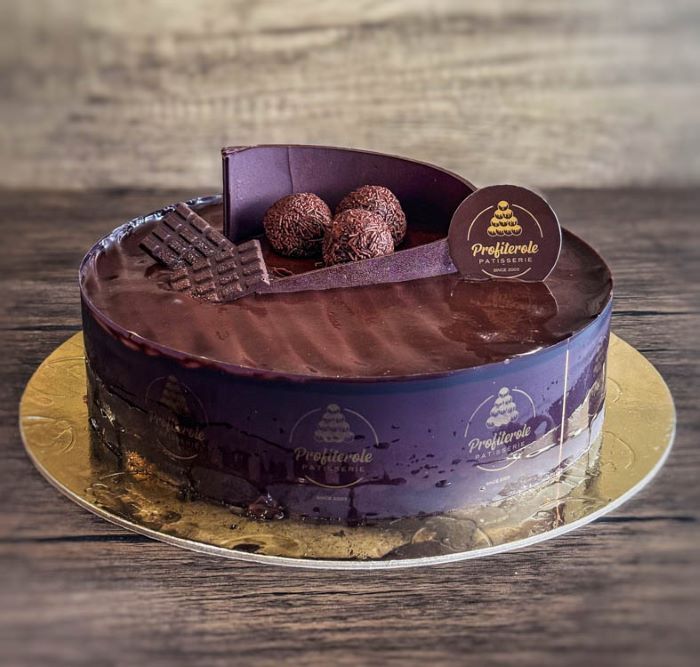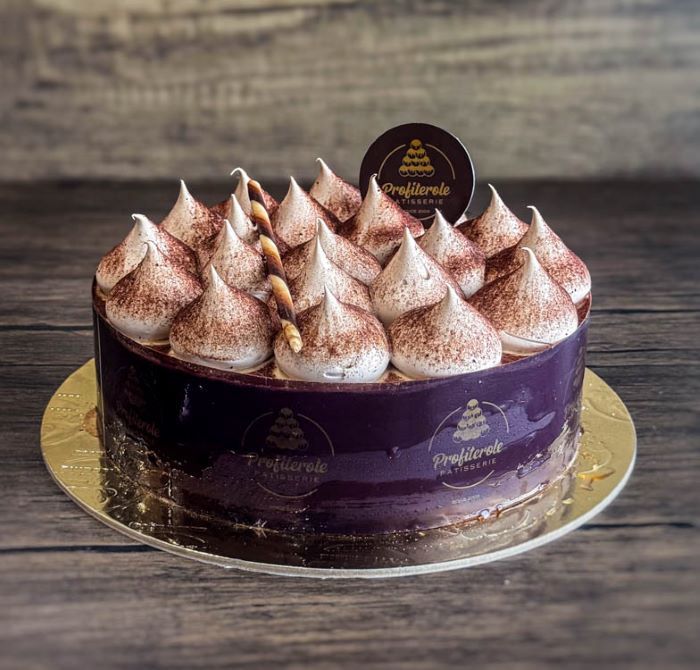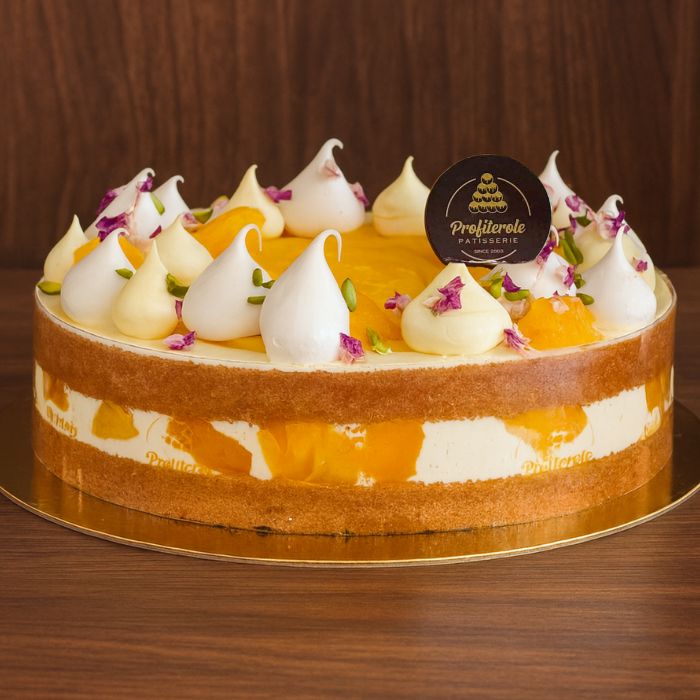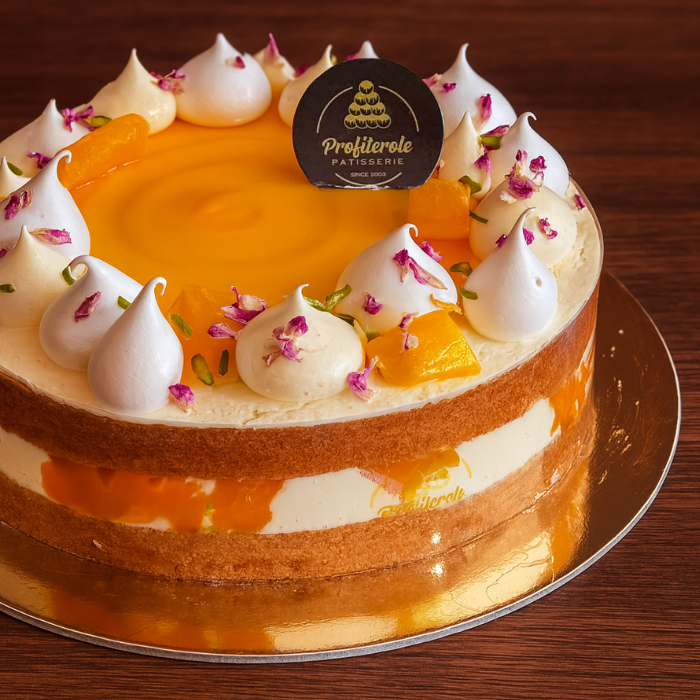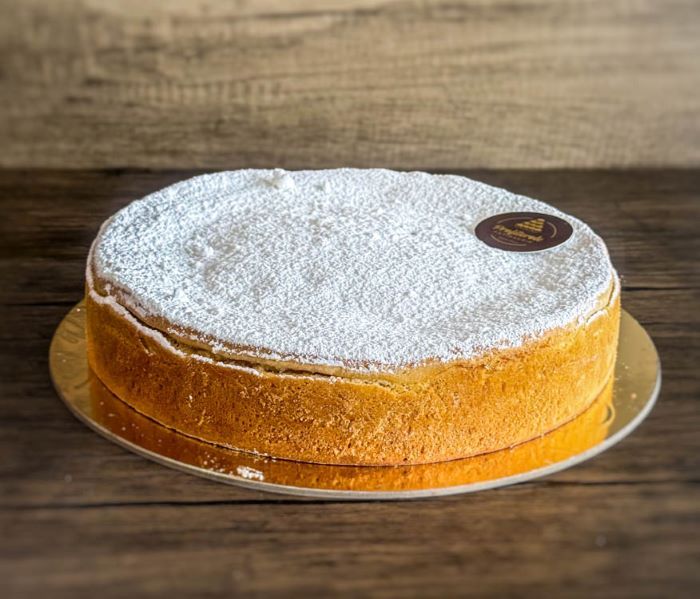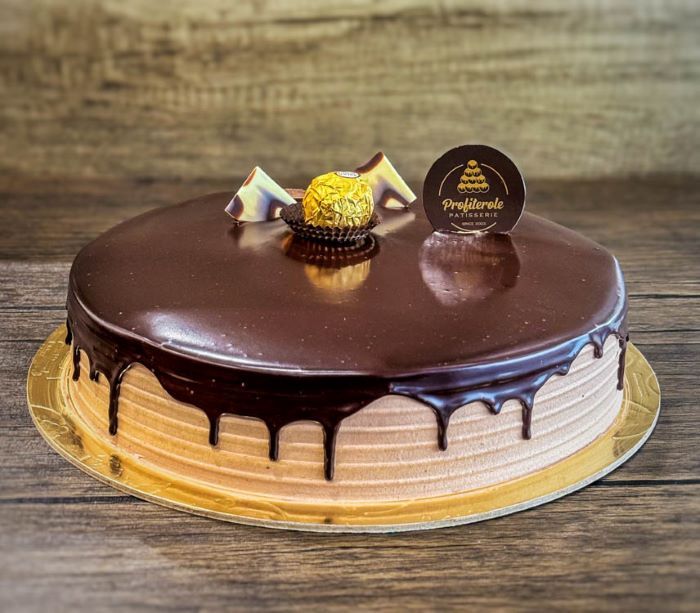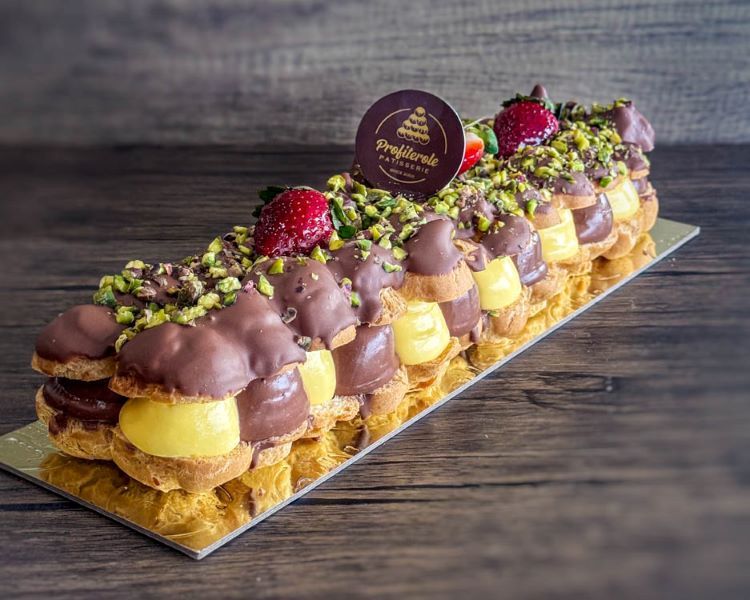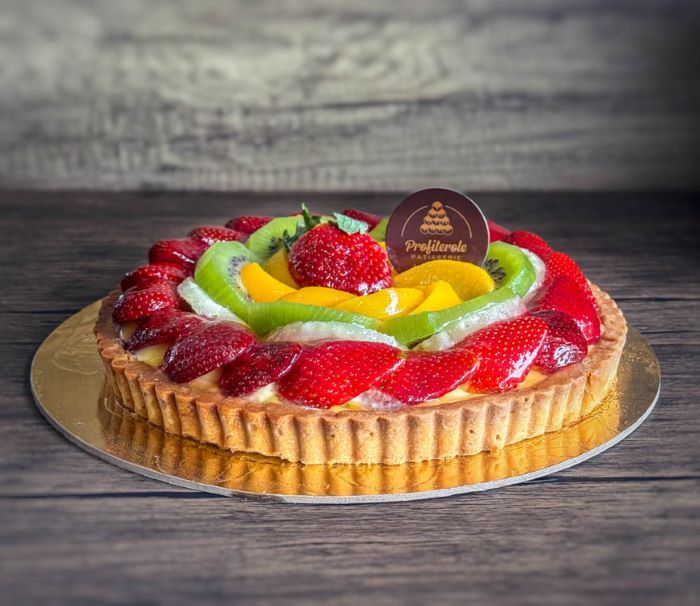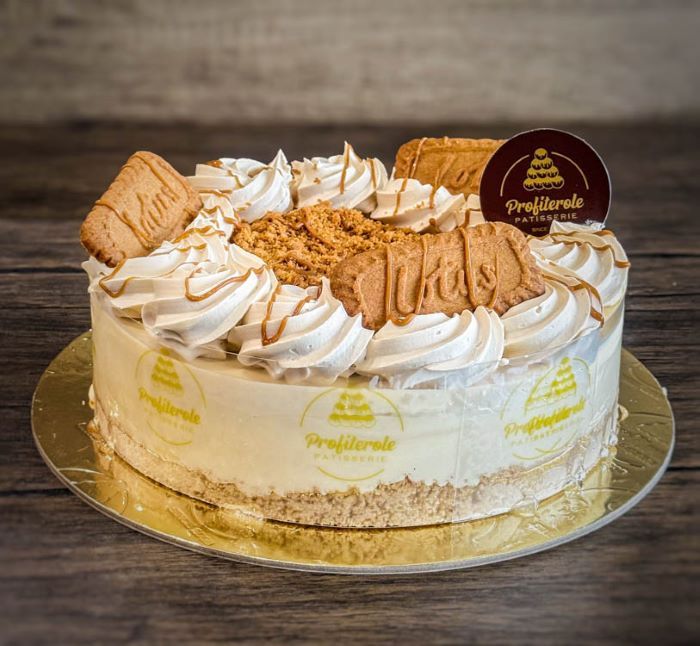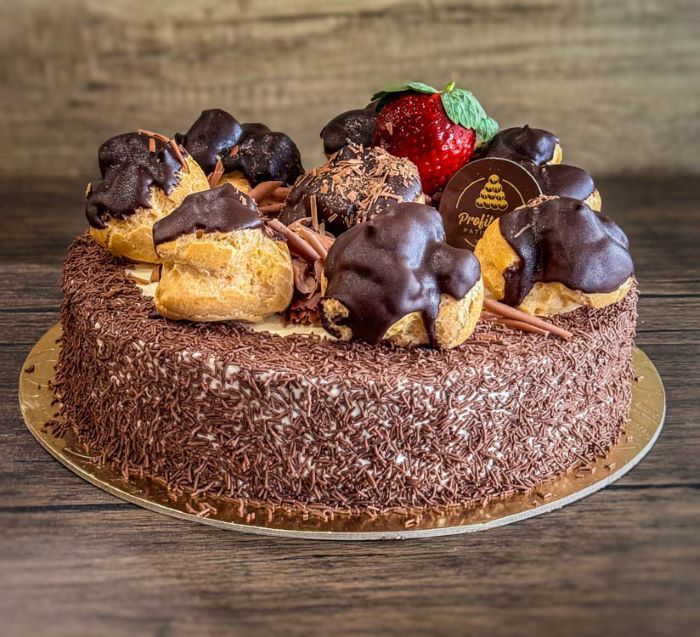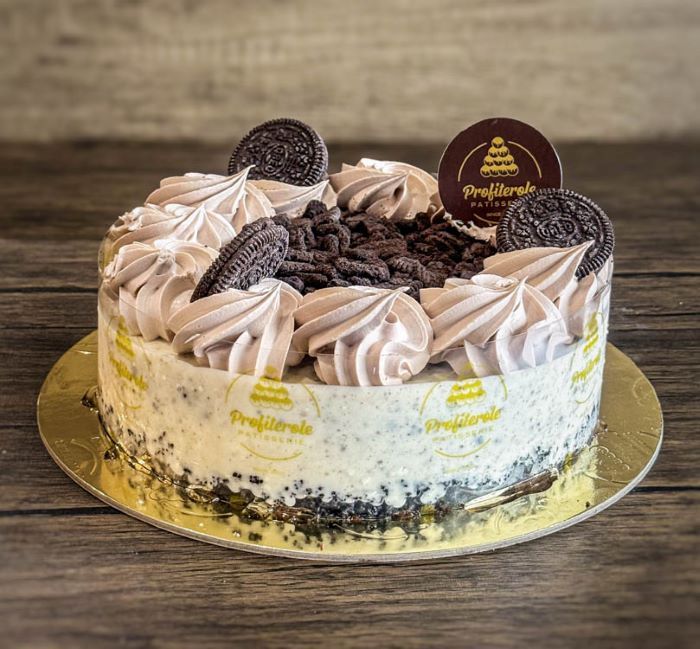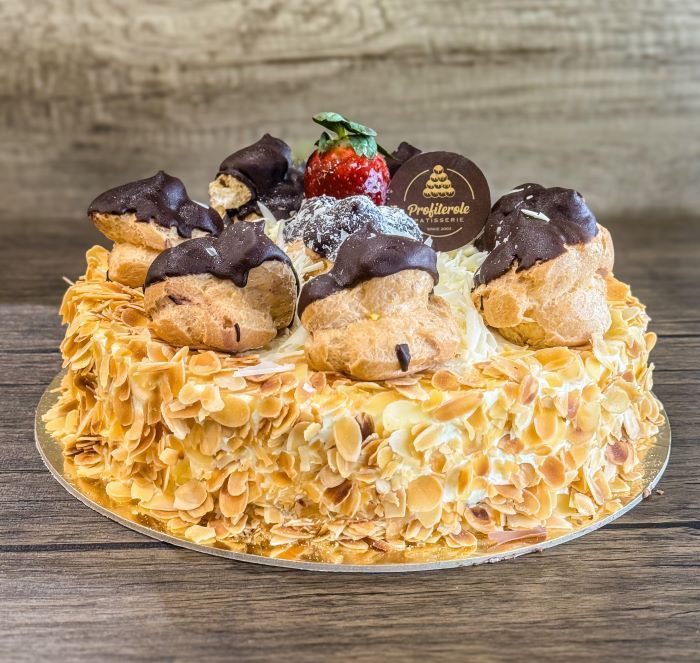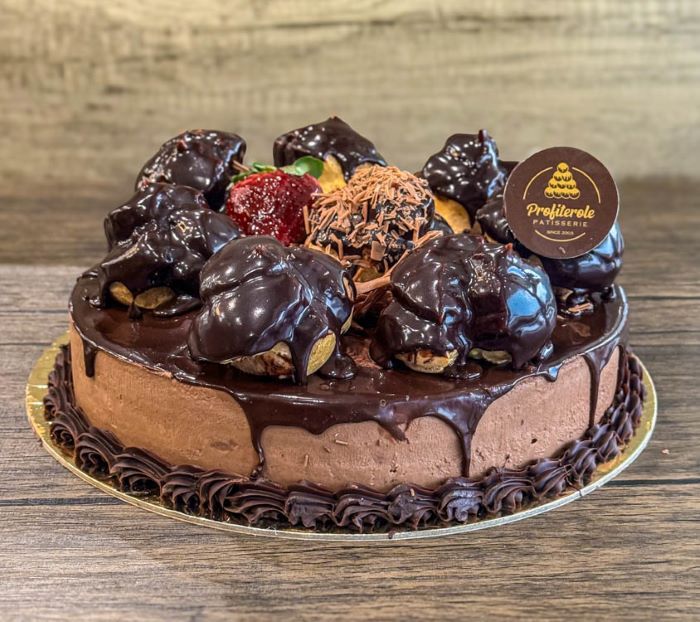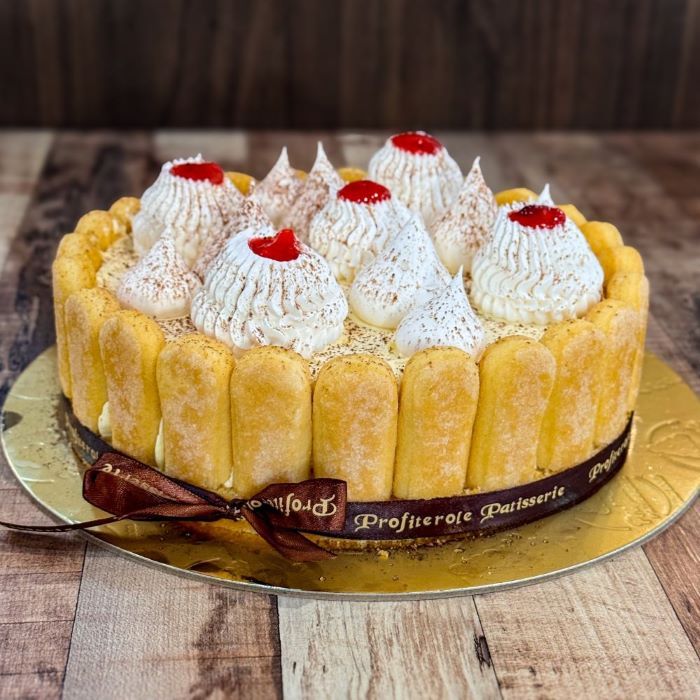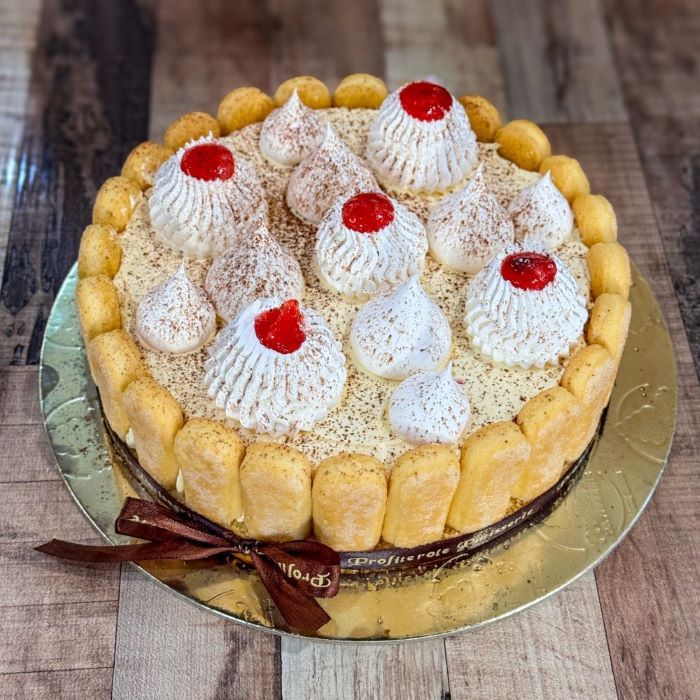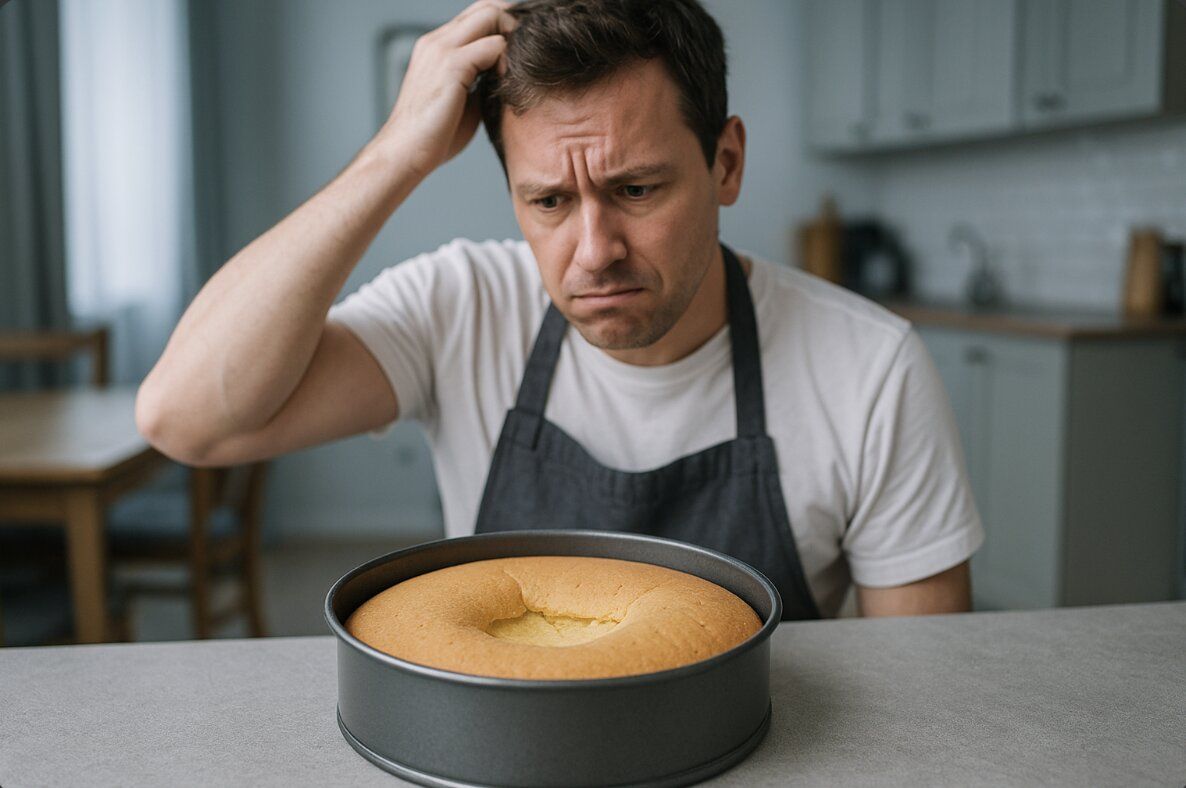
Why Cakes Sink in the Middle (And How to Fix It)
Ever cracked open a cake only to find a sad dip in the middle? It’s a common baking puzzle. But the fix is often simple.
Whether the culprit is wrong pan size, expired leavening, or underbaking, understanding the reasons behind sinking centers can help you avoid them next time.
Dive into clear tips, from measuring ingredients precisely to using oven thermometers, that ensure your cakes bake tall, firm, and beautiful.
What Causes Sunken Cake Centers & Tips to Prevent These Baking Fails
Each of these issues disrupts the delicate chemistry of cake structure. So be sure that you're not doing any of these when baking. But the good news is that all these baking fails are easy to avoid.
Wrong Pan Size or Overfilled Pan
Using a pan that’s too small or filling it more than two-thirds full makes the batter unsupported and prone to collapsing as it cools. Use the size recommended in your recipe, or adjust the bake time if using an alternate size.
Tip:
Aim for two-thirds full for even baking. Prepare for slight adjustments if pan changes are necessary.
Oven Temperature Trouble
An oven that’s too hot can over-expand air bubbles before the cake structure sets. On the other hand, if the oven is too cool, it may not bake through, leading to collapse. Be sure to calibrate your oven with a thermometer for consistent heat. And don't forget to pre-heat the oven before putting the cake batter inside.
Tip: Use a stand-in thermometer to verify your oven’s accuracy. Small variances can skew baking outcomes.
Excess or Expired Leavening Agents
Too much leavening agents like baking powder and baking soda could result in cake rising too fast. On the other hand, expired leavening agents might not do their work at all, which could lead to cake that didn't fully rise after baking.
Thus, in addition to proper measurement, it is important to track the expiry dates of all the ingredients you use. The easiest way to do that is to simply stick a label on their container.
Tip: Leavening doubles as both lift and structure. Quantify it carefully, and refresh it every 6–12 months.
Improper Mixing (Under- or Overmixing)
Under-mixing creates weak gluten structure which can't properly trap air while the cake is being baked. When the air escapes the batter during the process, the cake won't achieve the ideal structure you're aiming. On the other hand, over mixing is also detrimental because adding way too much air causes the cake to rapidly rise until it collapses.
Therefore, it is crucial that you mix cake batter only according to the recipe. Also, you must learn how to identify properly mixed batter by feel or texture.
Tip: Combine ingredients gently and uniformly. Stop mixing when dry and wet ingredients just combine. This preserves structure.
Underbaking or Premature Oven Opening
Pulling cakes too early or opening the oven door too soon lets heat escape and interrupts the baking process. Thus, you need to ensure that the batter is ready before putting the cake inside the oven. Equally important is setting the timer properly and resisting the urge to open the oven during the process.
After all, if you did everything right, all you need to do is wait until the batter do its magic.
Tip: Let the timer ring before checking and test with a toothpick or cake tester. Look for moist crumbs, not wet batter, before cooling.
Did you know that improper pan size and temperature also lead to cracked cakes? Check out our
detailed article about the reasons behind cracked cakes to learn more.
Troubleshooting When the Cake Sinks
Finding your cake has sunk in the middle can feel discouraging. Bbut it doesn’t have to mean failure. With a bit of creativity, you can not only salvage the cake but also turn it into something memorable. Here are the things that you can do when that happens.
Level It Off for a Flat Canvas
If the dip isn’t too deep, trim off the domed edges with a serrated knife to create a flat surface. This instantly gives you a level base for frosting, making the flaw almost invisible.
Once smoothed, you can stack another cake layer on top or decorate it with icing and toppings so no one will ever notice the original sink.
Camouflage with Frosting or Filling
A sunken middle is the perfect opportunity to get generous with fillings. Spoon in chocolate ganache, jam, whipped cream, or fruit compote to fill the dip before covering it with frosting.
Not only does this hide the imperfection, but it also adds an extra burst of flavour and texture that elevates the cake. Guests will think it was intentional.
Repurpose into a Fun Dessert
When the dip feels too dramatic to fix, repurpose instead of discarding. Crumble the cake into layers for a trifle, roll it into cake pops with a touch of frosting, or blend it into milkshakes for a decadent treat.
These creative alternatives breathe new life into a sunken cake, ensuring nothing goes to waste while still delivering on flavour.
Embrace Rustic Charm
Not every cake needs to look picture-perfect. Sometimes, leaving the sunken middle as is and decorating around it can create a rustic, homemade feel that’s endearing in its own right.
Dust the top with icing sugar, scatter fresh berries, or drizzle a sauce over the dip. It will look natural and taste just as wonderful.
Baking Mastery Through Understanding
Mistakes like sunken cake middles are part of the baking journey, not the end of it. By learning how ingredient balance, temperature, and technique interact, you’ll bake smarter and more confidently. Even when things don’t go to plan, there’s still a chance to salvage the moments with creativity, flavor, and plenty of joy.
At Profiterole Patisserie, you're assured that all our cakes are masterfully crafted. Our specialties are crafted with perfection, honed through years of experience and failures (such as sunken cakes). But we used those failures as inspirations to create the beautiful cakes we have today. Explore our
full range of cakes to inspire your baking journey. Or, you know, if you simply want a slice of cake.
Written by Jason Yacoub from Profiterole Patisserie
Date written: 02/09/2025
FAQs
Why does my cake sink in the middle?
There are several reasons for when a cake sinks after baking.
It might be overheating, over-leavening, underbaking, or even the wrong pan size.
Tiny changes in temperature, ingredient ratios, or oven habits can cause a center collapse.
Can a sunken cake be saved?
Absolutely! There are several workarounds to turn a sunken cake into an exciting creation. You can:
- Level the cake off to remove the center. Afterwards, you can decorate it with icing and toppings.
- Remove the sunken part and fill the hole with fillings such as chocolate ganache, jam, etc. before covering it with icing.
Mistakes like this will sometimes push you to become a better, more creative baker.
How do I check if my oven is baking evenly?
Oven temperature is a crucial element in baking. Therefore it is important to understand how your oven distributes heat inside.
To do that, stick an oven thermometer in the middle rack.
Many ovens vary by 20–30°C depending on rack and spot, and knowing the actual temperature helps you adjust for perfect results.
Is more baking powder always better for rising?
Not at all! Although baking powder helps in both lift and structure of the cake, too much of it can be detrimental.
Excessive baking powder makes the cake rise rapidly then collapse.
Thus, simply stick closely to recipe proportions and always use fresh baking powder for predictable structure.
Does mixing technique really make that much difference?
Yes it does. Mixing isn't just to combine the ingredients together.
Mixing is also used to introduce air into the cake batter. And when done improperly, it will affect the end result.
Under-mixing leads to weak cakes and trapped air. Causing the cake to not rise as expected.
On the other hand, overmixing introduces too much air which leads to rapid rising of the cake and weak structure. Which results to sunken cake.


